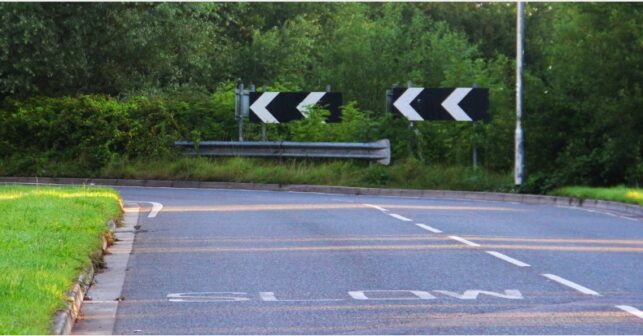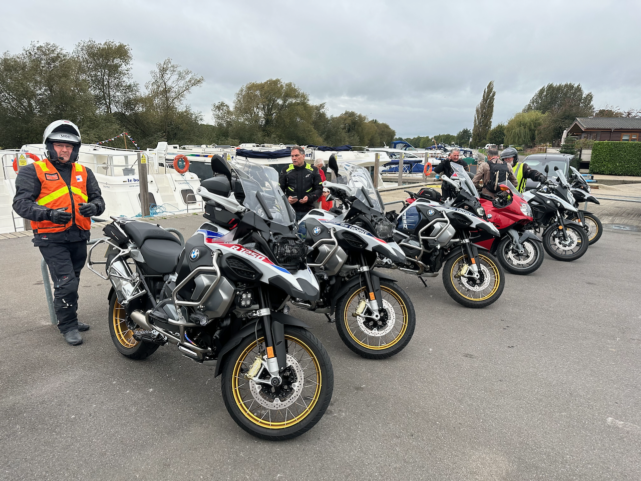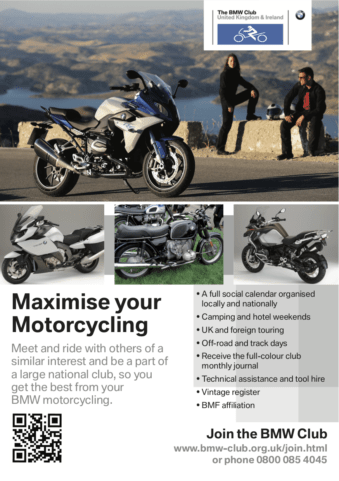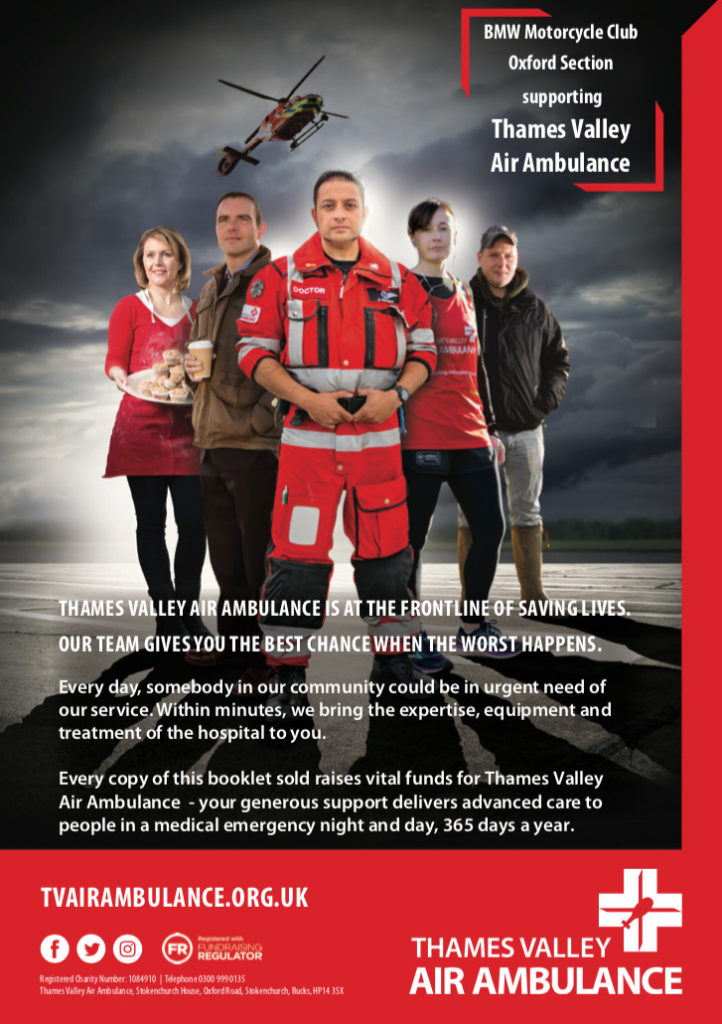Evaluation of Advanced Motorcycling 2020
In recent Newsletters, we have included articles written by Andy Slater, former chair of the Thames Vale Advanced Motorcyclists, about Advanced Riding, what it is and its objectives. The IAM RoadSmart (to which TVAM is affiliated) recently commissioned a company called Agilysis to carry out an evaluation of Advanced Riding called How does the IAM RoadSmart advanced motorcycle test affect safe riding attitudes and behaviour? . The report can be seen by clicking here.
It is stressed in the report that ‘It should be remembered that it is not possible to determine if undertaking IAM RoadSmart training is responsible for these differences; characteristics which attracted these motorcyclists to join IAM RoadSmart could be influencing their attitudes to safety and riding in general. This could only be determined by comparing IAM RoadSmart members before they actually join the organisation to understand if they have a propensity to think and act in certain ways’.
One conclusion I found interesting was about collisions. ‘IAM RoadSmart respondents have similar proportions of collision involvement as the comparison respondents, but they are less likely to think they were at fault. They have lower numbers of collisions per respondent in different age groups and they have a lower rate of collision involvement per mile of riding. They are also involved in different types of collision – they are more like to be involved in single vehicle collisions and those where they drop their bike. They are less likely to be involved in right-turn, shunts or loss of control collisions than the comparison respondents. The difference in miles travelled before a collision is statistically significant’.
The report goes on to state, ‘There was one collision every 15,004 miles ridden for IAM RoadSmart respondents compared to one every 9,421 miles ridden for comparison respondents. IAM RoadSmart respondents ride further before they are involved in a collision. Statistical tests were undertaken (independent t-test) and the difference in mileage before crash involvement is statistically significant’.
While the report does not show conclusively the benefit of advanced riding, it is common sense that a thinking rider’s attitude to road safety is going to be important.

I am a TVAM member and currently a Trainee Observer. Lately TVAM has been running a series of Zoom meetings called BikeCraft. These have been great refresher sessions, in advance of getting back on the bike, and have been targeted at the Associates hoping to pass the IAM RoadSmart Advanced Rider test and also for Observers who work with Associates to get them through the test. Following a recent Zoom, a question was raised about chevron signs and whether their size related to severity of hazard. I am grateful to Neil Woodcock (TVAM Observer) who is even nerdier than I am, for pointing us towards the DOT Road Signs manual Chapter 4, where it states;
‘The sign is prescribed in heights of 400 mm, 600 mm and 800 mm. The smallest size is intended to be used where the 85th percentile speed on the approach to the bend does not exceed 50 mph. The 600 mm size should be used for approach speeds between 51 and 60 mph, and 800 mm where speeds exceed 60 mph. To minimise the potential danger of sharp edges, the corners may be rounded, with a radius not greater than 10 mm. When sited adjacent to areas used by pedestrians, the vertical edges of the sign plates should also be protected, e.g. by the use of rectangular posts flush with the edges of the sign’. So now you know!










You must be logged in to post a comment.